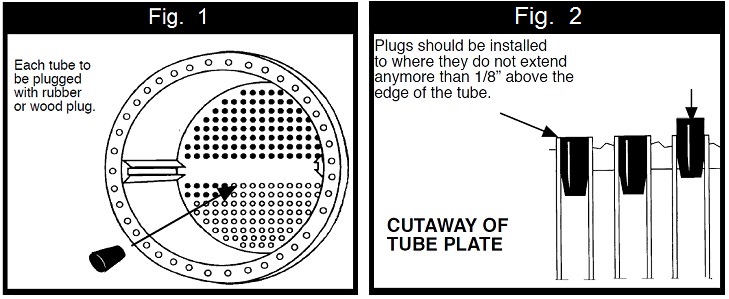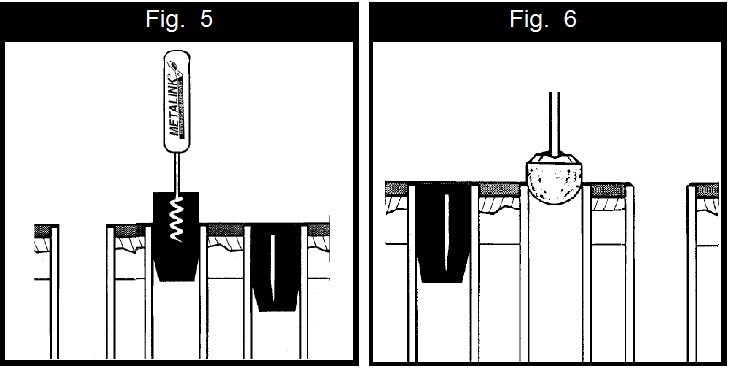- MetalinkWear.com
- LoneStarChemical.com
- Employment
- Contact Us
-
Knowledge Base
- Bearing, Bushing, and Seal Fits Repair
- Centrifugal Pump Coating
- Chutes and Exhauster Fan Repair
- Cobbles prevention slippage reduction
- Cooling Tower Distribution Pipe Repair
- Cracked Engine Block Repair
- Flange Repair
- Flat Back Elbow Repair
- Heat Exchanger Repair and Coating
- Keyway Repair
- MSDS
- Pipe and Leak Repair
- Process Cyclone Repair
- Pump Housing Crack Repair
- Pump Impeller Repair
- Pump Volute Repair
- River Discharge Pump Maintenance
- Scored Hydraulic Ram Repair
- Shaft Repair
- Spline Shaft Repair
- Split Case Housing Repair
- Stripped Thread Repair
- Surface Preparation for Polymer Application
- TSA Surface Preparation and Application
- Tube Sheet Repair
- Valve Seat Repair
- What is TSA?
- MSDS
Heat Exchanger Repair and Coating
A very common and effective repair is resurfacing tube sheets inside heat exchangers and condensers. Though there may be some design difference in various exchangers, the repair will follow the same pattern in all.
1) After removing the end plates and baffles, from the exchanger, insert rubber wood stoppers into the tube ends. (Figs. 1 & 2)

2) Once stoppers are in place, sandblast the tube sheet, baffle plates, and end covers.
3) After blasting, blow out loosened scale and blasting grit with clean air. Thoroughly degrease all prepared surfaces with Metal Prep II™.
4) If severe pitting is present (a 1/8" or more distance between the tube plate and the tube ends), it will be necessary to build up the tube sheet with Machinable Repair™ compound so that the plating is flush with tube ends. (Fig. 3)

If this is not the case, skip this step and proceed to Step 5.
5) Apply Metalink Brush-on Ceramic to the tube sheets, inlet areas (omitting baffle plate tracks as shown), baffle plates and flange covers. Wait 1-3 hours, allowing the first layer to become "tack-free", and then apply a second layer of a different color. The second layer is imperative in assuring any voids remaining after the first application are covered, and it provides a gauge for future wear patterns.
Note: Do not coat flange faces, but follow flange repair instructions if pitted. (Fig. 4)

6) Once final layer is "tack free", remove the stoppers from each of the tube ends. (a packing tool works extremely well for this) (Fig. 5)
7) Once compound has completely cured, remove excess epoxy around tube opening using a conical shaped grinding stone to reduce flow interference. (Fig. 6)

Comments
No posts found
